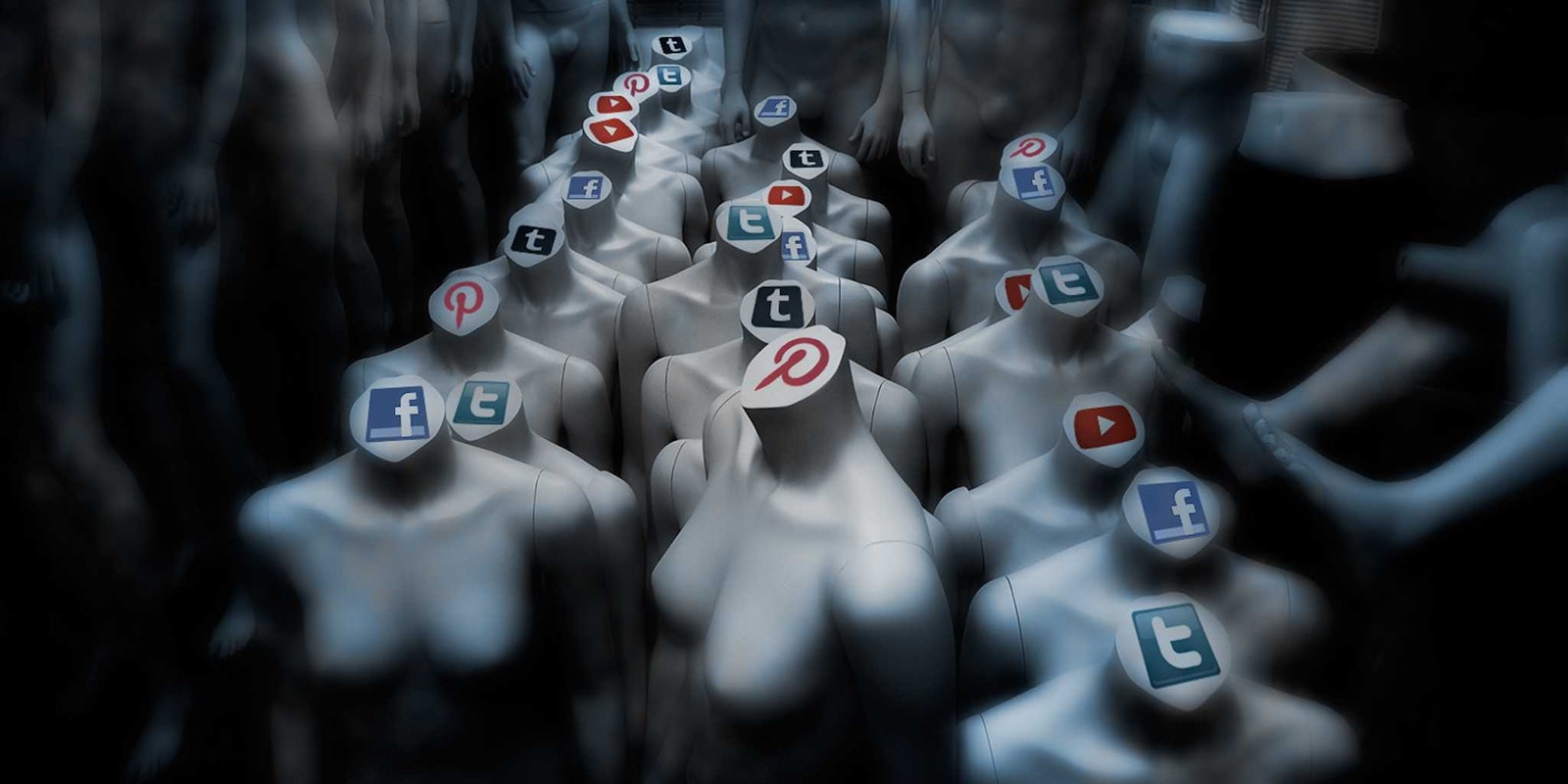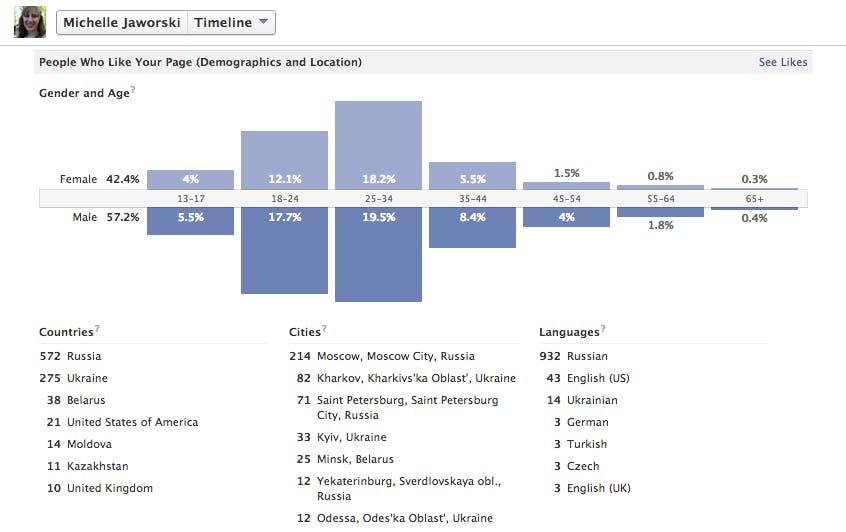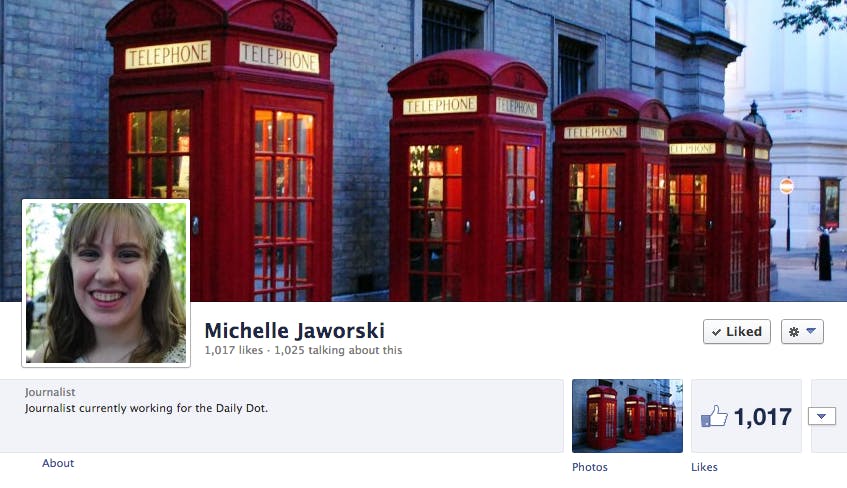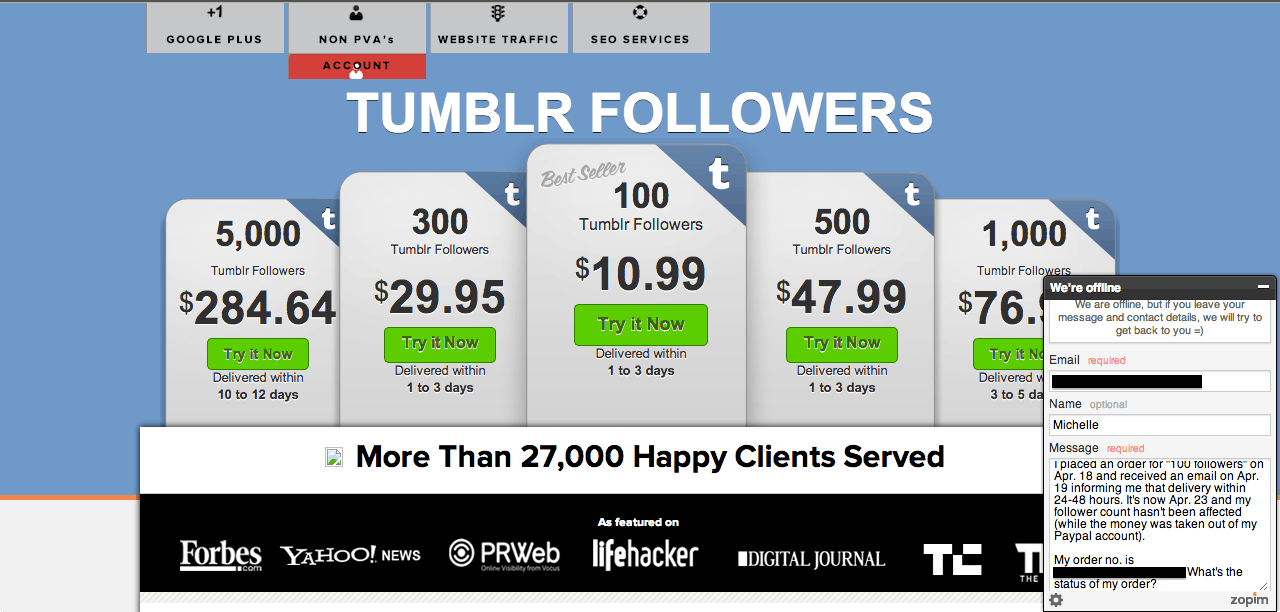I guess you could say that I’m pretty popular on the Internet.
I have over 1,000 Facebook likes, more than 500 Pinterest followers, and I’m almost 10,000 Twitter followers strong. I don’t have as much of a Tumblr presence yet, but it’s only a matter of time.
And it only cost me about $50.
Providing fake followers is a multimillion-dollar business. Some top brands and celebrities from Google and Twitter cofounder Jack Dorsey to Sean “Diddy” Combs and former Massachusetts Gov. Mitt Romney have been accused of artificially inflating their online reach. According to the New York Times, the average price for 1,000 fake followers on Twitter is $18, though you can purchase bargain-bin packages ranging from $1 to $1,000.
But you don’t have to be famous to be Internet famous. Almost anyone with a credit card or Paypal account can boost their Klout score.
After creating a couple of dummy accounts with a couple of posts and acquiring a few legitimate followers in the forms of friends and family, I set out to the black markets of Web to see just how far $10 will go in each social network.
After about a week of pinning and repinning on Pinterest for the first time, I only had three followers, a rather dismal showing. I needed a quick fix, but Pinterest followers don’t come cheap.
The visual social network has long struggled with spam and dummy accounts, which led to a site-wide investigation and overhaul last December.
Even still, I found a deal for 500 followers for $16 on Social Fans Geek. Better still, the site pledged to broadcast my profile to “literally millions of online users” and that only real profiles are added to each account.
The followers started coming in less than 24 hours after my purchase, and they trickled in over the course of two days, until I eventually ended up with 529 followers, a few more than I paid for.
A couple of my posts have been liked and repinned since I gained the new followers. While I can only guess which ones are real and which aren’t, they’ve got more personality than what you’d expect from a phony account.
Buying fake likes on Facebook isn’t a new concept. A BBC investigation showed that some businesses saw a boost in fake likes after purchasing ads, and the German airline Lufthansa has thousands of fans in places it doesn’t fly to.
After I got my first 11 likes, I found Buy FB Services through Google. It promised fast delivery and 100-percent satisfaction for anywhere from 1,000 to 100,000 fans, along with fake status likes and subscribers.
You can opt for targeted fans—which will mostly be from North America or Europe—and although they don’t explain their process, the site says that they do everything above the board.
I went with the cheapest option: 1,000 fans for $15.95 via PayPal. A confirmation email promised to complete my order within 24 to 72 hours. When I logged on Facebook Saturday afternoon, I found myself with over 1,000 new likes.
There’s definitely a catch: Many of the names are in Cyrillic and over half of my fans are either from Russia or Ukraine. Only 46 have a type of English marked as their language.
Real or not, having more Facebook likes does get you more reach. Even though I peaked at 1,032 likes, the articles and photos I posted reached more than 7,000 people.
Meet @micjaws. I started the account April 14 and tweeted sporadically. I started with just 11 followers but ended up with over 10,000 in a matter of days.

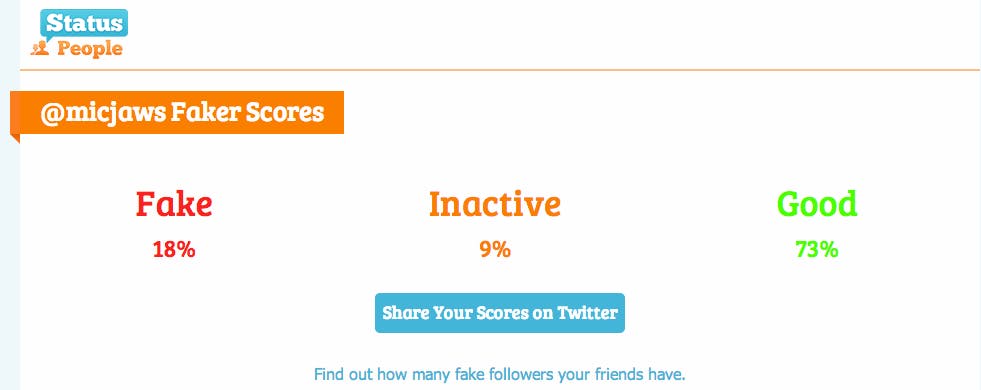
I saw mixed reviews with Fiverr. The best deal I found with my budget in mind was 1,000 follower for $10. Right before I decided to purchase, I stumbled upon CheapTwitterFollowers.Co, which promised me 10,000 followers for $9.99 in “7-5 days.”
This company markets your Twitter username (no password needed) to as many people as possible until you’ve achieved your desired follower account, and despite delivering over 2 million followers monthly to 2,000 customers, the site claims that it has never had an account suspended or banned due to its service.
The first surge came on April 22, four days after I made my purchase. I logged onto Twitter and found myself with 3,227 followers. I refreshed the page every few hours and watched in amazement at how much the number jumped with every Command-R.
The count originally stalled at 9,868 after about 24 hours, but after neglecting the account for almost a week (I hadn’t tweeted since April 24), I saw that number suddenly spike to 10,272 followers.
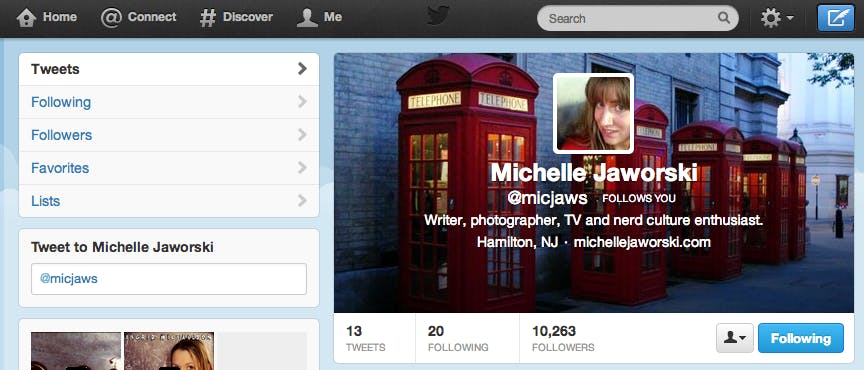
I tried running Status People, a Twitter app that allows you to find out how many of your followers are fake, on @micjaws, but it wouldn’t work. I opted for Twitter Audit. Despite having only 30 real followers, the Twitter app placed me somewhere in the middle of “real” and “not sure.”
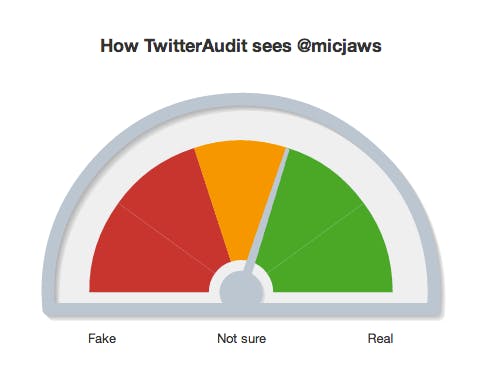
I’m not the first to purchase fake followers. Quartz’s Kevin Ashton created a fake Twitter account, built a fake Wikipedia biography and website around Santiago Swallow, used TweetAdder, and purchased 90,000 Twitter followers. At one point the account had a fake verified button. It was eventually suspended but not until after Ashton published his article, and it was reinstated 30 hours later.
Two weeks later, my account is still up.
YouTube
Last December, the Daily Dot’s Chase Hoffberger bought himself a Christmas present: more than 60,000 views for about $50, using a video he had on his YouTube channel (which was made private).
After that package went through, he bought another 160,000 views for $160 on a Daily Dot video that showed him attempting to complete the Cinnamon Challenge. The majority of the views came from outside the United States, and the average video duration was 0:00.
YouTube didn’t return his request for comment, and his video stayed online even after the story published in January.
Hoffberger installed AdSense, which allows YouTube partners to generate revenue from running banner ads before a video. After making $0.19 through AdSense, he spent $170 on another 345,000 fake views. The views came in at once, and he made another $0.93. YouTube still hasn’t responded to a request for comment, and the video remains online
With 504,284 views, he’s pretty much a viral video star at this point.
Out of all the social networks I botted, Tumblr is the only one that doesn’t publicly show your follower count, so juicing your numbers might be more of a personal goal than anything. For businesses and news sites, however, more legitimate followers means more people looking at your product and clicking on links.
I launched a new blog on April 14, and for a few days I reblogged pretty much anything that struck my fancy. I ended up with five followers, all people I knew and with whom I shared the blog URL.
I found Social Network Expert through a Tumblr post; it promised me 100 followers for $10.99 in about one to three days, which was about as cheap as I was going to get them. I received an email the next morning that said my followers would start coming within 24 to 48 hours.
They didn’t. I kept refreshing my Dashboard, but my follower count stayed at five. On April 23, I sent them a friendly message to follow up on my order.
I sent that message around 3:20 pm ET. I never heard back from them, but by 10:07 pm that night, the followers started coming in. I peaked at 118 followers just four hours later.
A couple followers disappeared overnight, but I ended up with more than what I paid for. I don’t know much about them, but they seem perfectly content to view reblogged photographs and Game of Thrones posts.
They’re just bots, after all.
Photo by Photo Monkey/Flickr; illustration by Jason Read

